- 1.1 Explain creativity in early childhood and how individual differences among children impact creativity.
- 1.2 Describe multiple theories that address creativity, including behaviorism, Maslow’s hierarchy, social constructivism, and the theory of multiple intelligences.
- 1.3 Explain the importance of the creative arts for young children and the environmental conditions necessary for creativity to thrive in early childhood.
Welcome to Integrating Music, Art, and Play in the Early Childhood Curriculum
In this course, you will explore ways to integrate music, art, and play into the early childhood curriculum. You will start by looking at creativity in early childhood, and then will move on to examine teachers and their role in fostering creativity. From there, you will examine the role of play in creativity, play tools and techniques, and the teacher’s role in play. You will also learn about visual arts in early education and the importance of young students creating art. You will then explore music, creative movement and active learning, and creative drama in early childhood education. You will also explore storytelling in early childhood, as well as curriculum development and creativity. Finally, you will take a closer look at integrating the arts in early education and home and school partnerships for creative learning.
Learning Objectives/
- 2.1 Describe characteristics of a creative teacher, including how a teacher’s disposition and value of creative learning promotes creativity in the classroom.
- 2.2 Explain multiple strategies for nurturing creativity with activities and materials that are developmentally appropriate for young children.
- 3.1 Identify multiple theories of play, including sensory-motor, preoperational, and construction play, and the importance of games with rules.
- 3.2 Describe the benefits of play identified by developmental theorists and the National Association of the Education of Young Children (NAEYC).
- 3.3 Describe Mildred Parten’s different styles of play and Sara Smilansky’s sociodramatic play.
- 4.1 Describe effective play environments, including the use of learning centers and developmentally appropriate materials for early childhood.
- 4.2 Identify play materials that enrich young children’s play, including tools that incorporate a child’s senses.
- 5.1 Describe multiple roles that a teacher takes in play, including planning, assessing, modeling, mediating, and providing resources for play.
- 5.2 Describe considerations for promoting play in classrooms where learners differ in gender, socioeconomic status, ethnicity, and language skills.
- 5.3 Explain how the development of children with special needs can be nurtured through play experiences in early childhood education.
- 6.1 Describe multiple theories of art development in early childhood, including those by Piaget and Vygotsky.
- 6.2 Explain Kellogg’s Developmental Stages of Art for early childhood and how young learners progress artistically as they gain cognitive skills.
- 6.3 Identify guidelines for visual arts in early childhood programs, including the principles for how teachers can create artistic learning environments.
- 7.1 Explain the significance of sensory art experiences in early education and various developmentally-appropriate activities, including painting, printmaking, sewing, murals, photography, and using clay.
- 7.2 Explain the importance of group art in early education and the components of a developmentally-appropriate art center that promotes interactivity and shared learning.
- 8.1 Explain how musical abilities are developed in young children.
- 8.2 Explain how teachers can promote music in the classroom, including how music is used in daily instruction, routines, transitioning, and building classroom community.
- 8.3 Explain the goals for music in early childhood and how diverse classrooms can incorporate music from different cultures into early education.
- 9.1 Describe significant theories in movement and the developmental importance for children to actively learn through creative movement.
- 9.2 Identify props that are useful for helping children learn to creatively move in classroom settings.
- 9.3 Explain types of movement that promote creativity, including “Big Body” play, outdoor play, and sociodramatic ways to play in early childhood.
- 10.1 Identify the stages and benefits of creative drama in early childhood, including multisensory learning, social and emotional development, and a developing imagination.
- 10.2 Explain how teachers can work with children who have multiple intelligences, children from diverse cultures, and children with special needs through creative drama.
- 11.1 Explain Vivian Paley’s use of storytelling and story acting in early childhood education and the benefits to children’s development.
- 11.2 Explain how children work together to make meaning and promote sociocultural relationships through storytelling in early education classrooms.
- 11.3 Describe the benefits of teaching storytelling skills to children from low-SES families and children who are English-language learners.
- 12.1 Explain how young children learn holistically and the benefits of incorporating creative elements into all curriculum components in early education.
- 12.2 Explain how creative arts can be developed from the interests of young learners, including how direct instruction, thematic units, and special projects can be learner-driven.
- 13.1 Explain the differences in teaching with arts, about arts, and through arts in early education, including the role of teachers in each approach.
- 13.2 Identify ways that visual arts, music, dance, drama, and storytelling increase learning opportunities for young children and their motivation to learn.
- 14.1 Identify methods for inviting and maintaining family engagement in early education settings through creative arts.
- 14.2 Explain how early childhood educators can work with families to create arts-friendly home environments that are developmentally appropriate for young children.

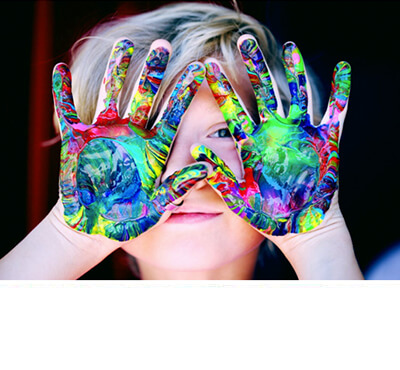

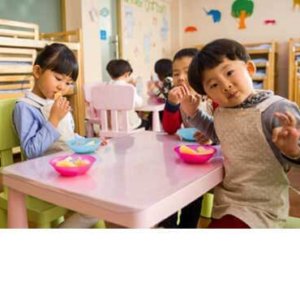
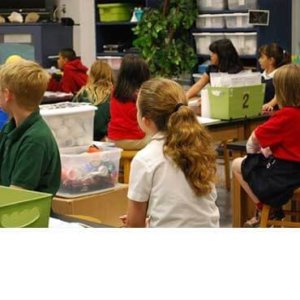
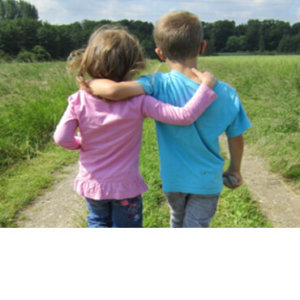
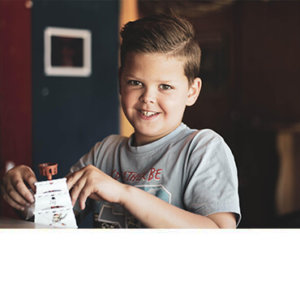
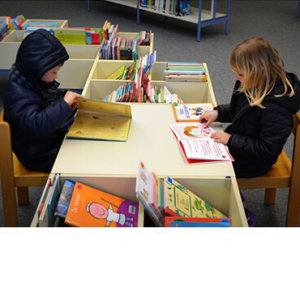
There are no reviews yet.